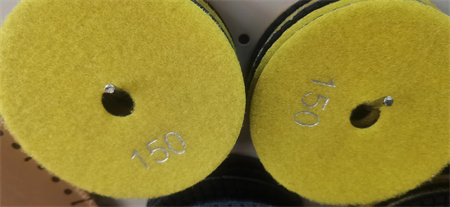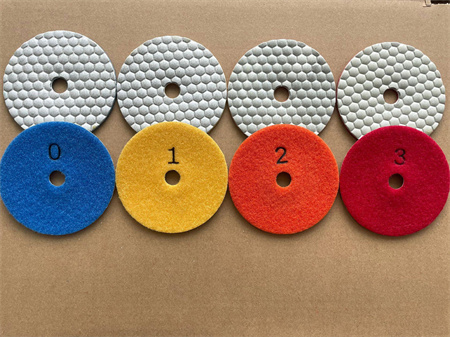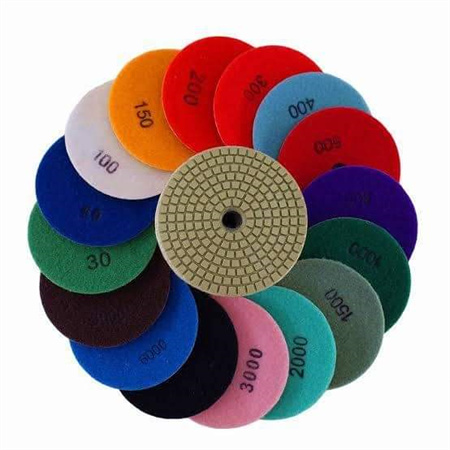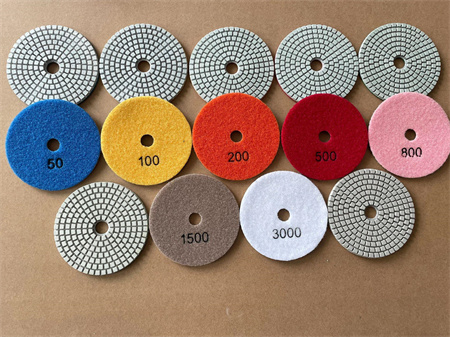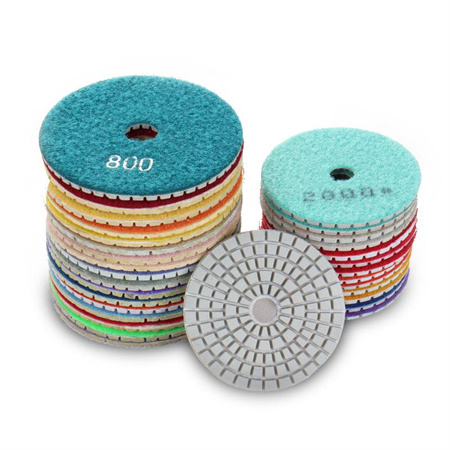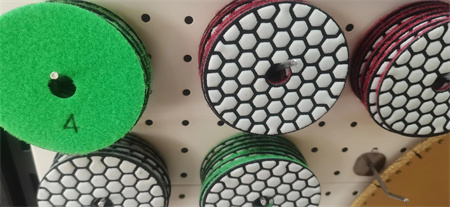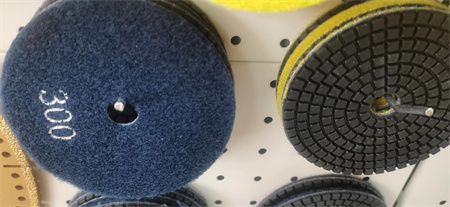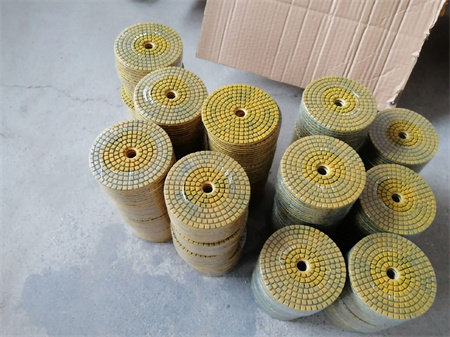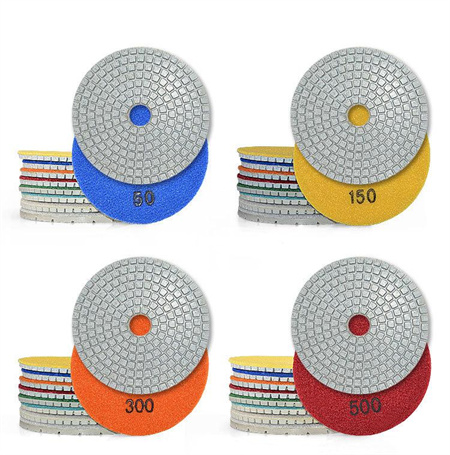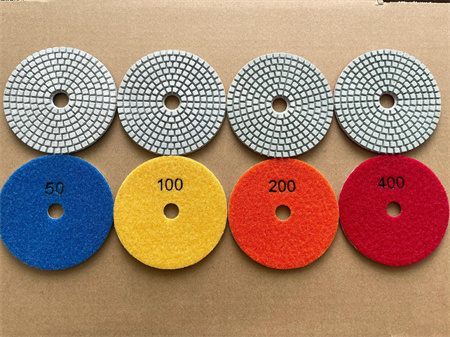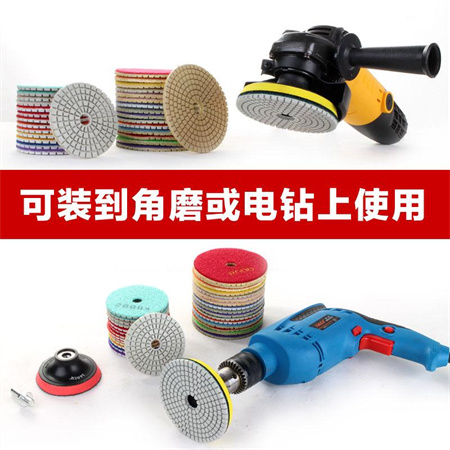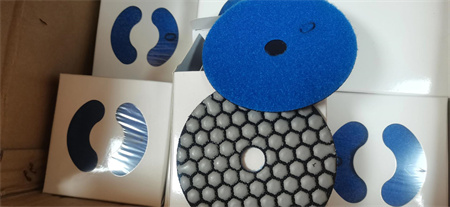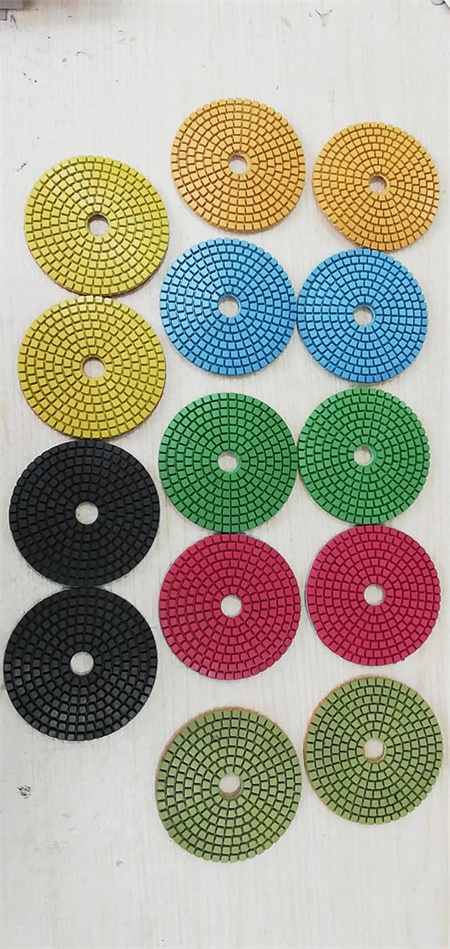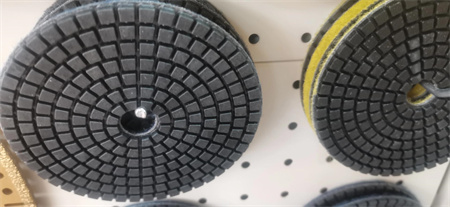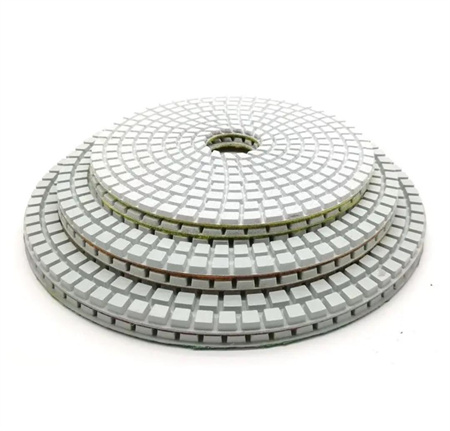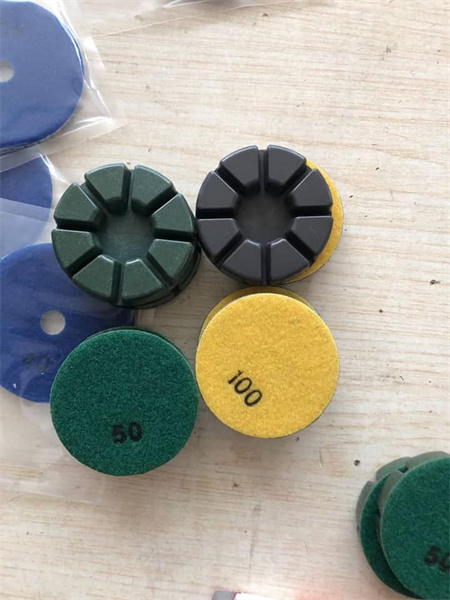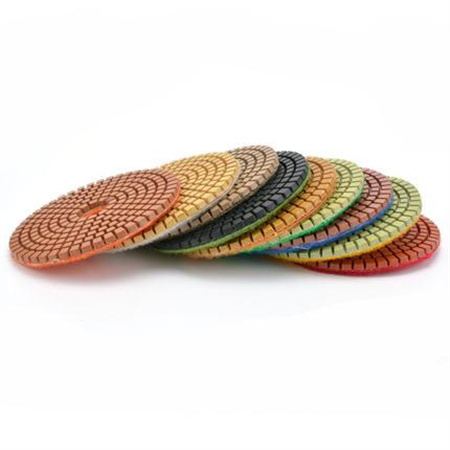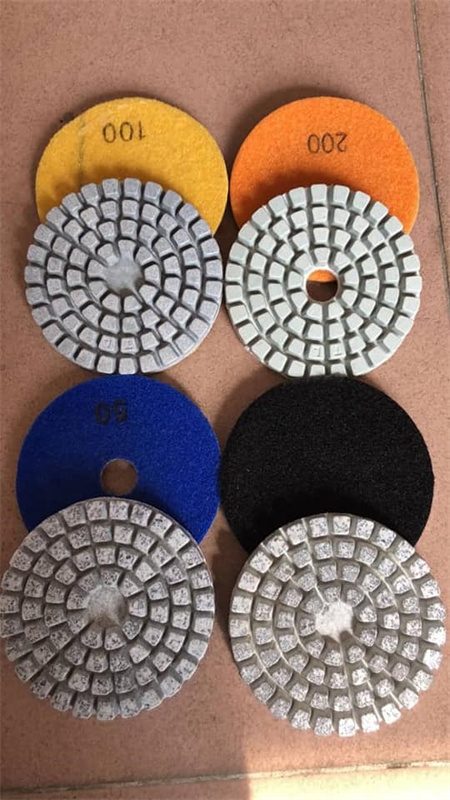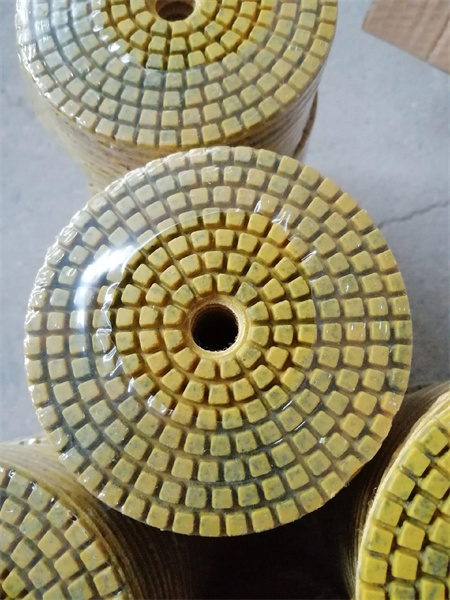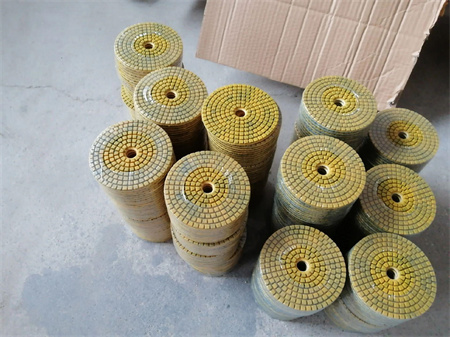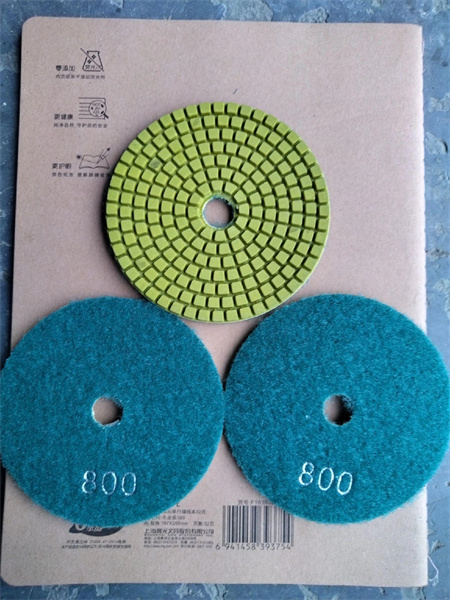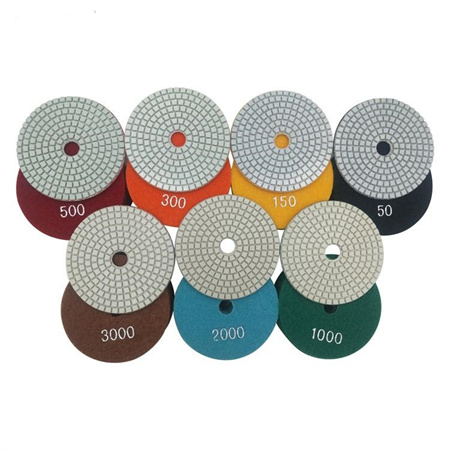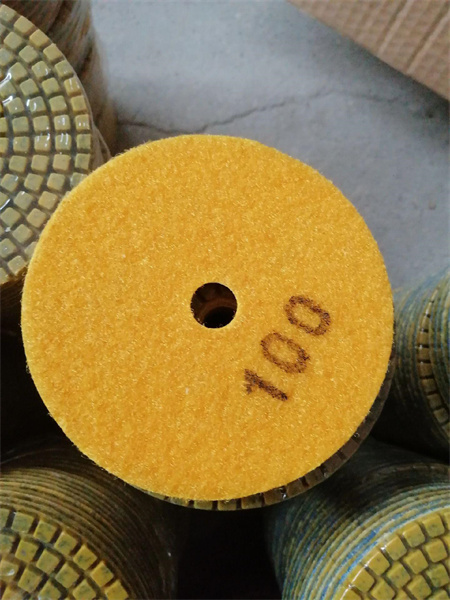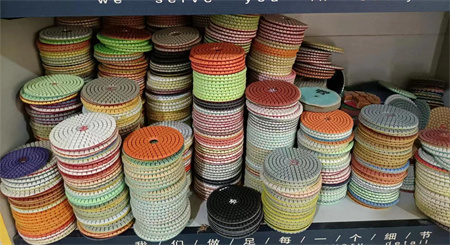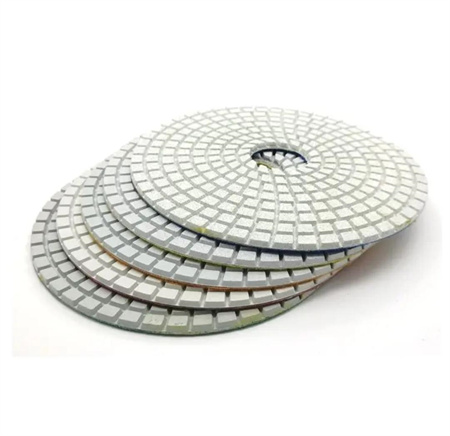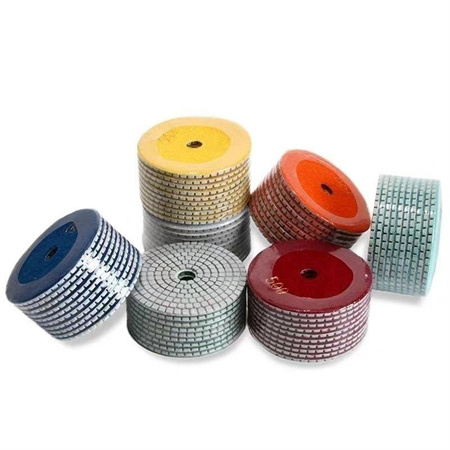How Diamond Pads Are Used in Countertop Edge Polishing
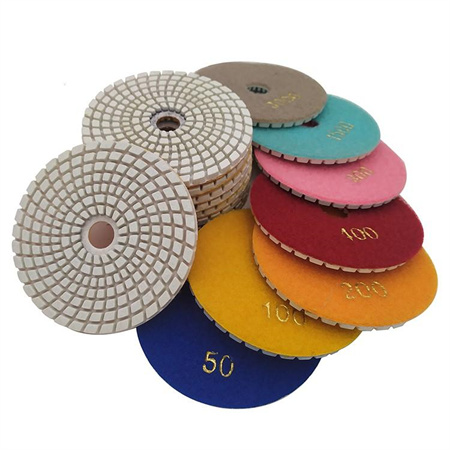
The primary function of diamond pads in countertop edge polishing is to refine the raw, rough edges of stone countertops. When a stone countertop is initially cut, the edges are often jagged or uneven, leaving an unfinished appearance. Diamond pads are used to smooth out these imperfections, gradually transforming the rough stone into a polished masterpiece. The process involves a series of steps, with different grades of diamond pads used to progressively refine the surface.
Diamond pads are made with various grits, from coarse to fine. Coarse pads are typically used in the initial stages of the polishing process, where they remove the most significant imperfections and scratches left from cutting. The abrasive properties of the diamond particles allow these pads to grind away the stone’s surface with remarkable efficiency. Once the rough edges are shaped, finer diamond pads are used to smooth out the surface further, gradually reducing the appearance of scratches and making the stone surface more uniform.
As you move through the different grits of diamond pads, the stone’s edge transitions from rough to semi-smooth, and eventually, to a polished, glossy finish. The finer the grit, the smoother and shinier the result. A high-quality diamond pad can help achieve a mirror-like finish that enhances the natural beauty of the stone, reflecting light and showcasing its intricate patterns and colors.
Using diamond pads for countertop edge polishing also offers significant advantages over traditional methods. Unlike sandpaper or other abrasives, diamond pads are more durable and longer-lasting, meaning they can handle larger volumes of work without degrading. This durability also makes them highly cost-effective in the long run. Plus, diamond pads reduce the amount of time and labor required to achieve a flawless finish, providing both efficiency and precision.
Another crucial advantage of diamond pads is their versatility. While they are primarily used for polishing stone countertops, they are also effective on other materials like glass, concrete, and ceramic. This versatility makes diamond pads a valuable tool in the arsenal of professionals who work with various surface materials. Whether it’s a kitchen countertop, a bathroom vanity, or even a stone sculpture, diamond pads offer exceptional results.
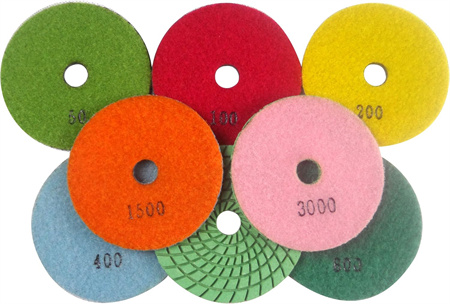
The quality of the diamond pad itself is another factor that influences the final outcome of the polishing process. High-quality diamond pads tend to offer more consistent results and a longer lifespan. Investing in premium pads ensures that the countertop edges are polished with minimal effort and that the end result is a beautiful, long-lasting finish.
In summary, diamond pads are an indispensable tool in countertop edge polishing, transforming rough, unfinished edges into polished, professional-quality surfaces. Their efficiency, durability, and versatility make them the go-to choice for many stone fabricators and installers. By using a series of progressively finer pads, experts can achieve a flawless finish that enhances the beauty of any stone countertop. Whether you’re a DIY enthusiast looking to tackle a small project or a professional handling large-scale installations, diamond pads provide the precision and quality necessary for achieving stunning results.
